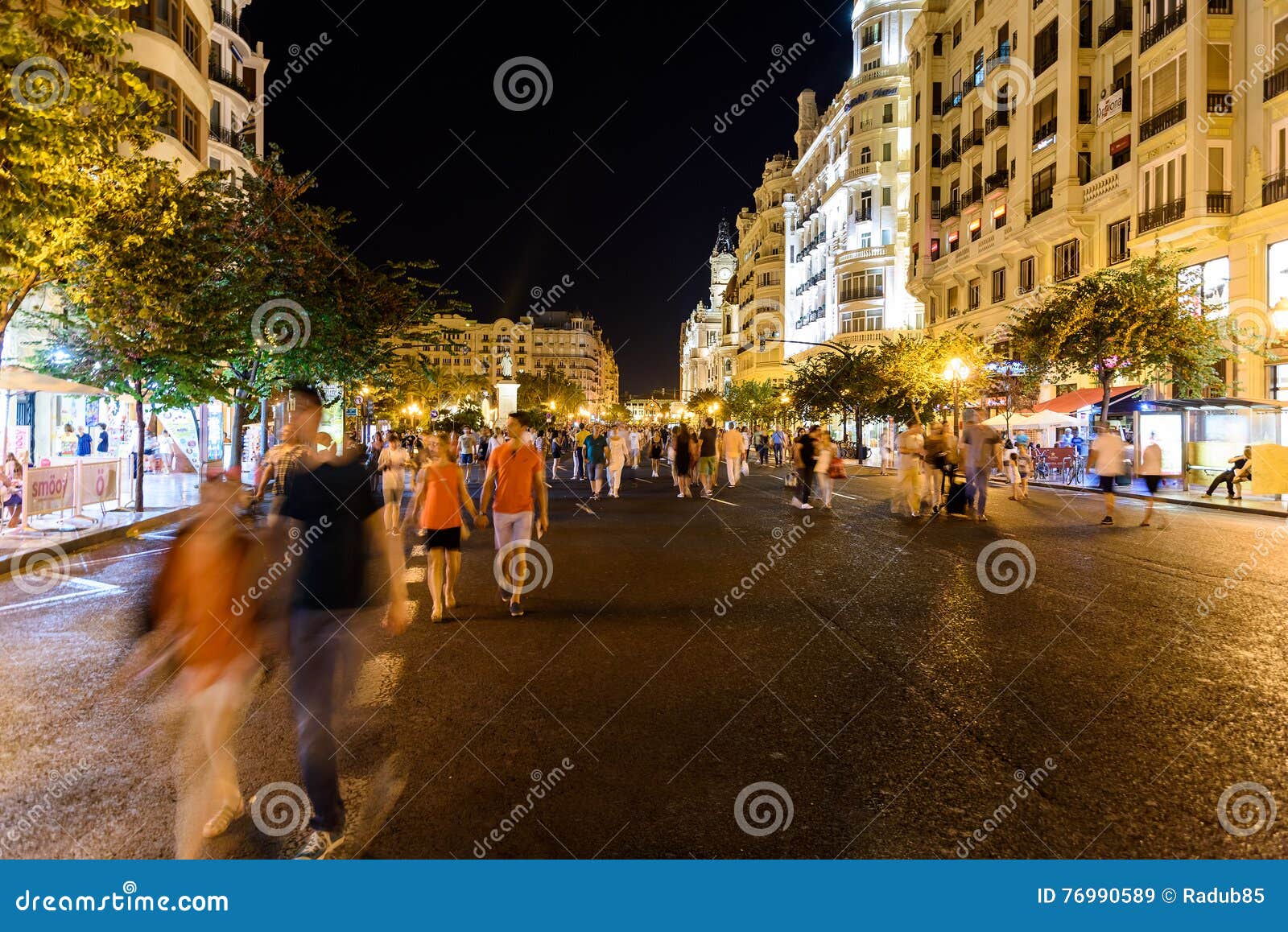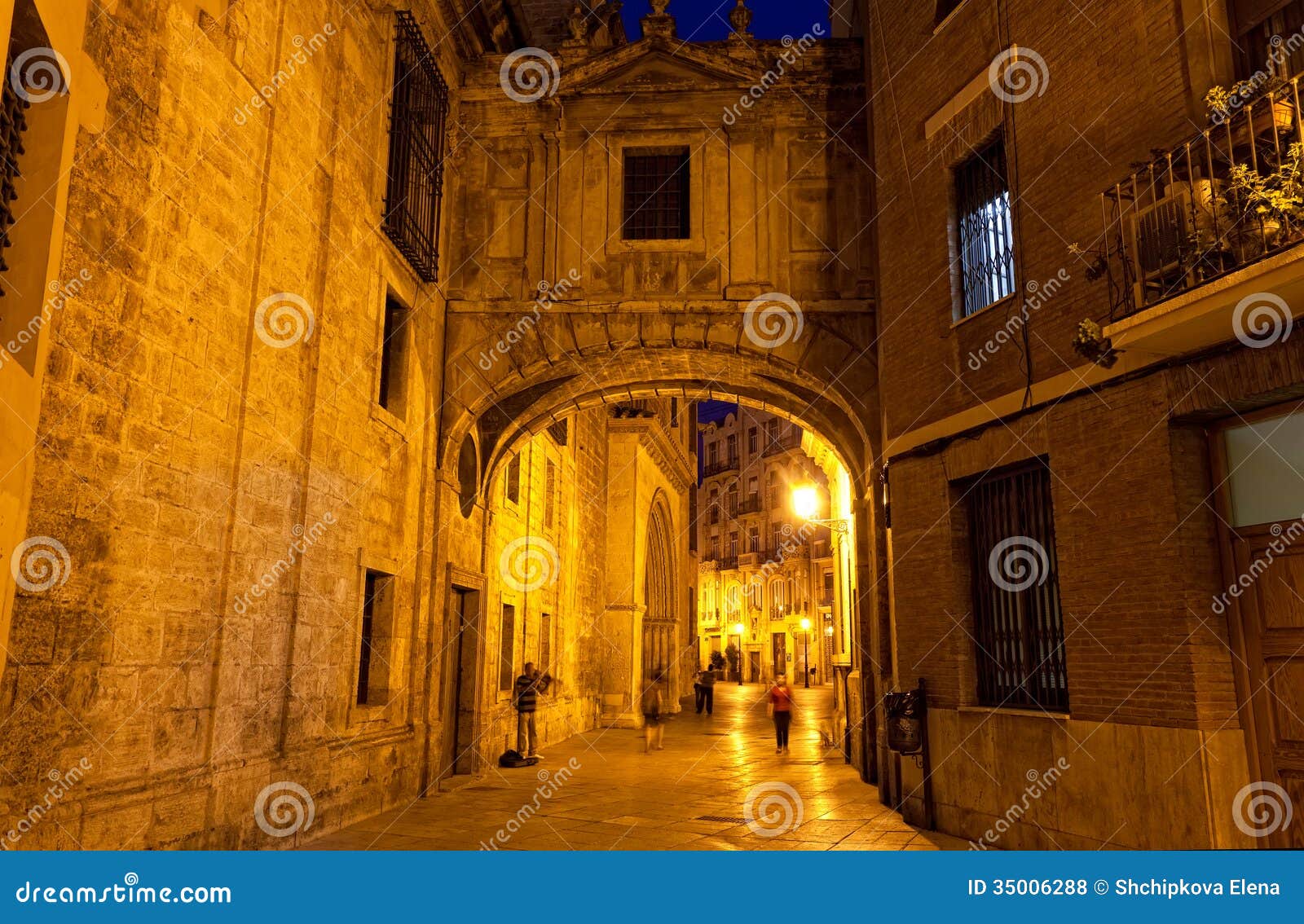

Another Diablo enterprise, this too is crowded with curious collectables (a stuffed gorilla in a telephone box, rusty farm implements, a horseless cart) but high up on the balcony, rows of hard bench seats and an original projector recall this atmospheric relic’s silent-movie roots.Īt Café Masago, in another street, in another cave, at the end of another long tunnel, we eat slow-cooked partridge with white beans and a gazpacho manchego – a rustic La Manchuela stew of rabbit or chicken (or both) cooked with squares of unleavened bread. The €3 entry fee includes Garaden’s cave, a drink from the bar there and entry to Alcalá’s disused cinema. At one time, he ran a nightclub here: a glitter ball still sprinkles light on the craggy walls of a cave the size of a ballroom. A poet and former bullfighter with a waxed Salvador Dalí moustache, this “devil” has furnished his warren of caves – some of which he dug himself – with a large and eccentric collection of vintage stuff (sewing machines, radios, guns, cash registers, numerous Diablo selfies). The passage, which is cool, dank and dimly lit, probably hasn’t changed in hundreds of years.įrom here a staircase takes us down to Cuevas del Diablo, named after its current owner – El Diablo, a nickname he picked up in childhood. Some are open to the public – if you can find them.Īn inconspicuous doorway leads into the Cave of King Garaden – a vast subterranean palace used as a stronghold in the 12th century, with a 170-metre tunnel that takes us under the castle to a medieval lookout cut high in the gorge. There are cave rooms under our feet, Petra tells us, as we walk the cobbled streets down to the river. To add authenticity, there are live chickens in the yard, and a donkey called Margarita in a rock-cut stable.ĭonkeys aside, hundreds of Júcar’s caves, just like this one, are still inhabited. The dug-out rooms once lived in by peasant farmers (nobody seems sure exactly when) have fresh white paint and are filled with rustic furniture, pottery and old farm tools. Photograph: Getty ImagesĬasa Cueva el Castillo is a once-ruined cave house that has been restored and turned into a mini-museum. Half-house, half-cave seems to be the norm around here.Īlcalá, with Júcar bridge and fortress atop the crag.


Alcalá’s uneven terraces of white and terracotta houses look as though they have been pressed into the rock. Petra points out the egg-shaped bullring (which may be Roman), the Roman bridge (which isn’t), and the 15th-century bell tower of San Andrés church. We begin with the castle, a Moorish fortress perched atop a tower of rock with dizzy views of Alcalá as it tumbles downhill, slipping into folds and fissures of the valley and leaning into its rugged limestone walls. The young woman from the tourist office – Petra, a Slovakian, married to a local lad she met on a kayaking holiday – jumps at the chance to practise her rusty English and takes us on a walking tour of her adopted home. My husband, Dave, is wishing he’d brought his bike (he says it again – “this is better than the Alps”). There are views to take your breath away at every hairpin bend. On empty roads, hugging the banks of the River Júcar, we loop around giant rocky outcrops, slip under bulges of limestone overhang and zigzag up and down vertiginous cliffs. One minute we are rolling across the grassy plains of Castilla-La Mancha, the next we plunge into the gorge. We arrive from Alicante – a two-hour drive. So if you don’t fancy elbowing your way through the Sassi di Matera, this could be a quieter, more adventurous alternative.Īlcalá del Júcar on the edge of the gorge. But while Matera is struggling to cope with visitor numbers, Júcar’s inspiring landscapes (Alcalá was named a site of special historic and artistic heritage in 1982) remain largely unknown. Like Matera, many of Júcar’s villages are carved from the cliffs of a gorge both have underground tunnels, grotto-like cave dwellings and medieval roots. It has quite a lot in common with Matera – the rock-hewn city in Basilicata, southern Italy, which is currently enjoying a year as a European Capital of Culture. Then I heard about a new boutique cave hotel nearby (Xuq – more on that later).Īnd Alcalá, I read (thanks to Google Translate) “is a wonder to discover … a place of unique natural environments and a very unique architecture”. First, I’d been seduced by a photograph of Jorquera – a village on a rock that looked so magical, I couldn’t quite believe it wasn’t computer-generated. I more or less fell in love with the place before I got here. In La Manchuela, in central Spain, Alcalá is one of a string of villages in the Júcar canyon, a spectacular limestone gorge running for some 40km through the province of Albacete.


 0 kommentar(er)
0 kommentar(er)
